Ways to run a successful open house
New real estate agents face a steep learning curve when it comes to achieving success. One of the most important practices in home selling is the open house, where — over the course of a few hours — prospective buyers tour the house. This allows the Realtor to show a listing to many potential buyers in a relatively short period of time.
A successful open house can result in many home buyers putting in offers. And if a listing agent gets multiple offers that same day, it’s pretty safe to say the open house wasn’t just successful but incredible.
A new agent should follow some best practices to create successful open house events. The tips that follow show you which actions to take before, during, and after the event.
1.Advertise across multiple channels
Once you know you’re going to hold an open house, immediately start planning your advertising across multiple channels. These channels include email, social media, your real estate website, other websites like Realtor.com and Nextdoor, real estate apps like Zillow, a multiple listing service (MLS), direct mail, and open house signs.
Getting the word out about an upcoming open house as soon as possible helps prospective home buyers make plans to attend.
2.Plan an optimum time
As the listing agent, you want to get the most foot traffic possible, so identifying the best day and time to hold your open house is critical to your success.
Many people like to search for a home on weekends when they’re off work and have the time to visit many open houses or schedule multiple showings with their Realtor. Midmorning and early afternoon hours often draw the largest crowds.
3.Prepare the home for the open house
It’s important to let the homeowners know what they can do to make the house as attractive as possible to potential buyers during the open house. Since you’ll most likely have other showings for the property, these efforts should start with a thorough cleaning and decluttering.
Make sure your clients pack away personal items like photographs and trophies. The goal is to help prospective buyers imagine themselves living there — something that’s harder for them to do when they see other people’s pictures and belongings throughout the house. Aim for a camera-ready look.
4.Use technology to collect, track, and qualify
Whether you’re a new or seasoned Realtor, building your database of contacts, customers, and leads is critical to closing deals. It helps to use tech solutions like Jotform to collect and track data, and potentially qualify more homeowners or home buyers.
For example, you can use Jotform to collect RSVPs for events, fill out applications, check qualifications, and track visitors who come to your open houses. Plan to have these forms available, perhaps on a tablet, for buyers and buyers’ agents who stop by.
5.Follow best practices during the open house
During the open house, focus on making the home feel more inviting. These tips will help increase the potential of a home sale during the event:
- On open house day, remove all vehicles from the driveway and in front of the home so buyers can appreciate the curb appeal as they arrive.
- Make the house as bright as possible by opening drapes and blinds as well as turning on inside lights.
- Ask your client to lock up or take their pets with them when they are away during the open house. Also, remove any toys, litter boxes, and food and water bowls from view.
- Create a display board that shows the house throughout the year so buyers get a good idea of maintenance and aesthetics for each season. For example, showing pictures of the house decorated for the holidays creates a warm feeling that can connect buyers to the home.
- Print colorful flyers with photos and information about the house (square footage, bedrooms and bathrooms, standout features, and asking price) and make them available along with business cards so that visitors can take information with them. That way, they’ll have critical information about the house along with a phone number or email to reach you after the event if they are interested.
- Be prepared to answer questions about the neighborhood, such as whether the home is located in a homeowners’ association. Also, get to know the area, including schools and school ratings, proximity to grocery stores and freeways, crime and safety statistics, and comps.
6.Encourage visitors to stay awhile
Approach your open house as you would a party in your home. Hospitality is the priority, so offer refreshments and light snacks, and be sure to greet each visitor with a smile.
Encourage visitors to sign in and look around on their own. Once they’ve finished touring the property, ask if they have questions. Get feedback about what they think of the home. Their input can help you and the homeowner address any issues that may inhibit offers.
7.Don’t stress
Even if you don’t receive an offer at the open house or the next day, don’t think that your open house failed. Some serious buyers may need more time to think about the house, get a prequalification letter, or find a real estate professional to represent them. All of those visitors may become potential clients, so remember that an open house isn’t just about selling that home but many more in the future. That even includes the nosy neighbors who stopped by the open house. They may want to work with you when they are ready to sell.








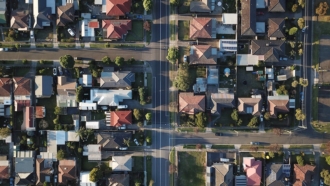
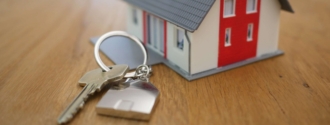

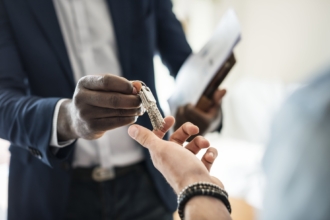






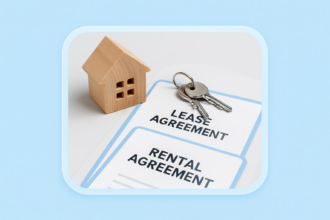
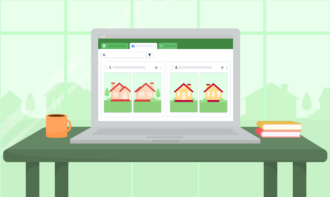
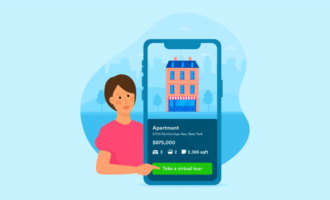
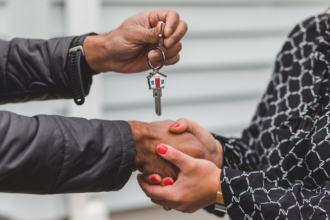
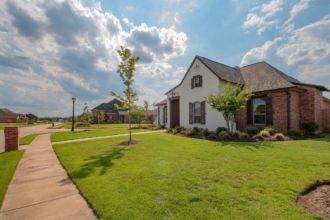
Send Comment: